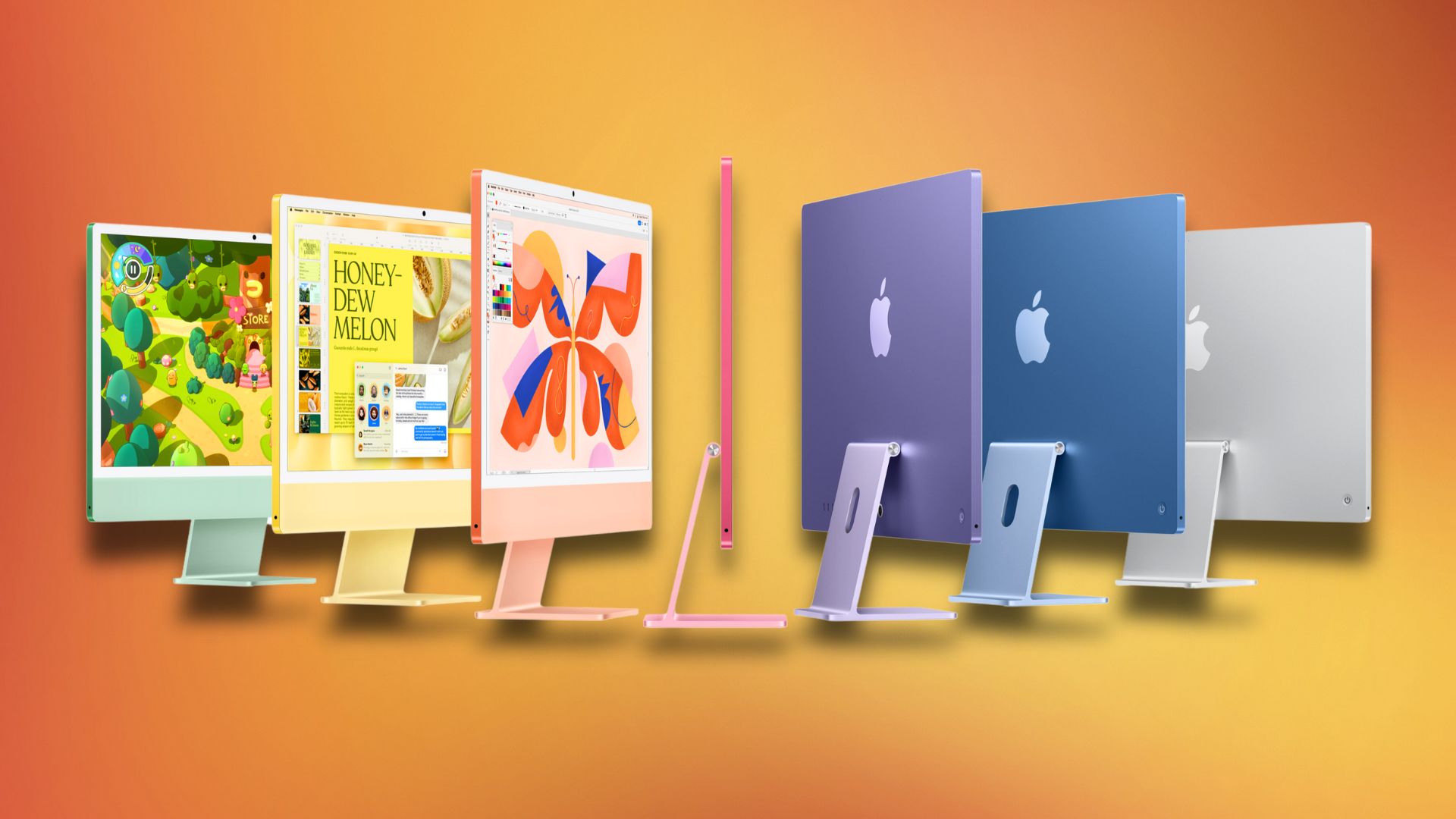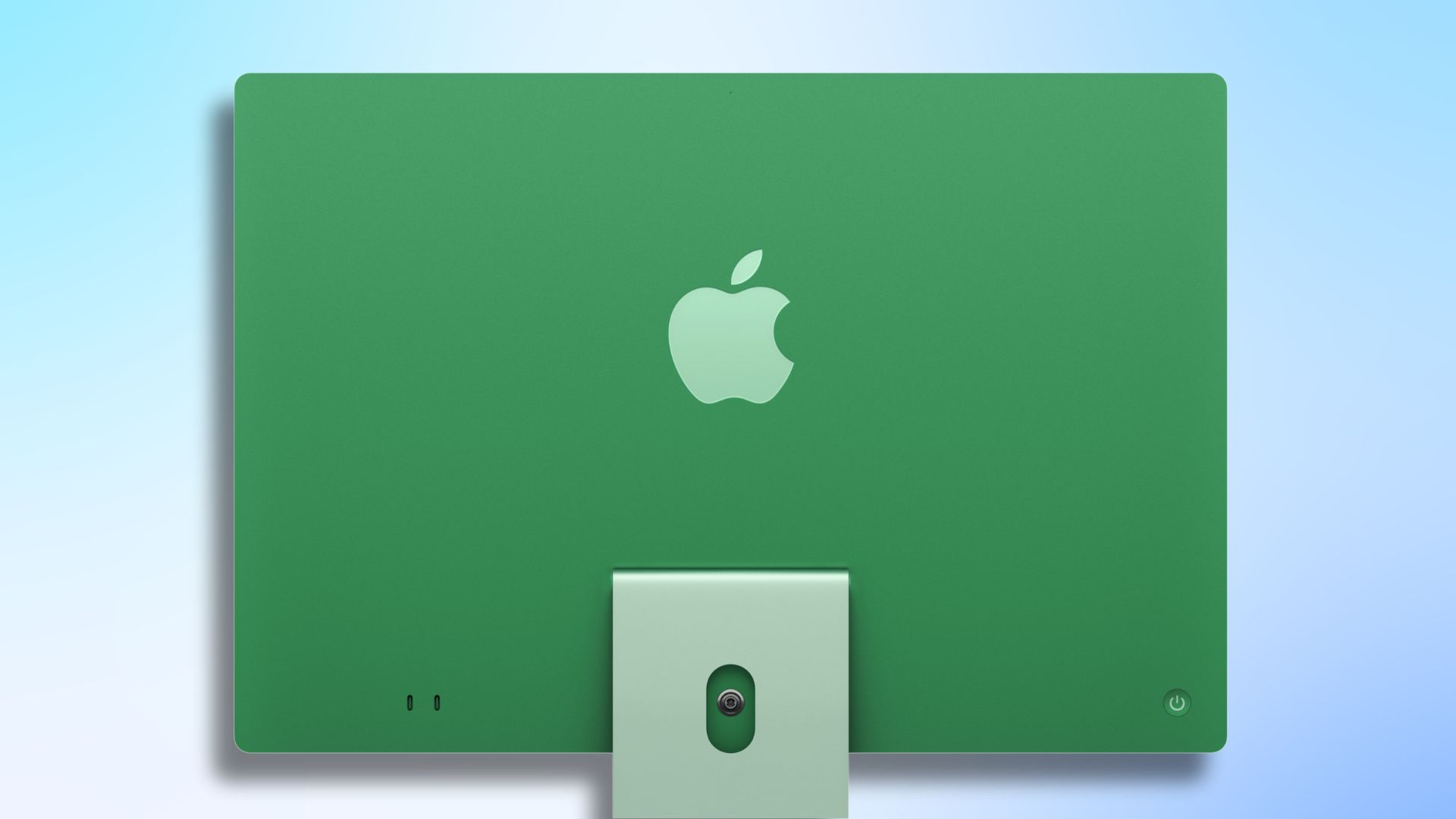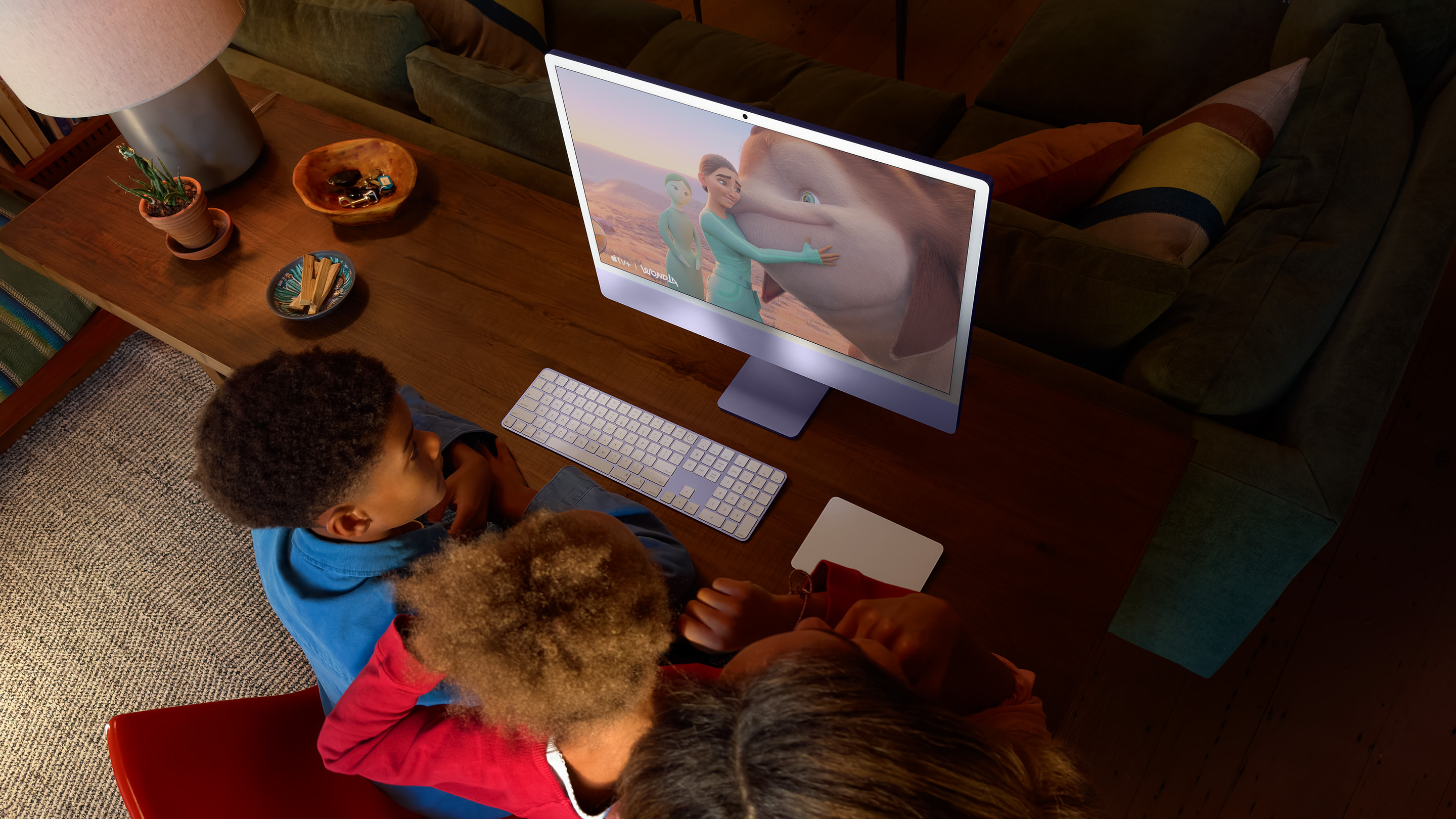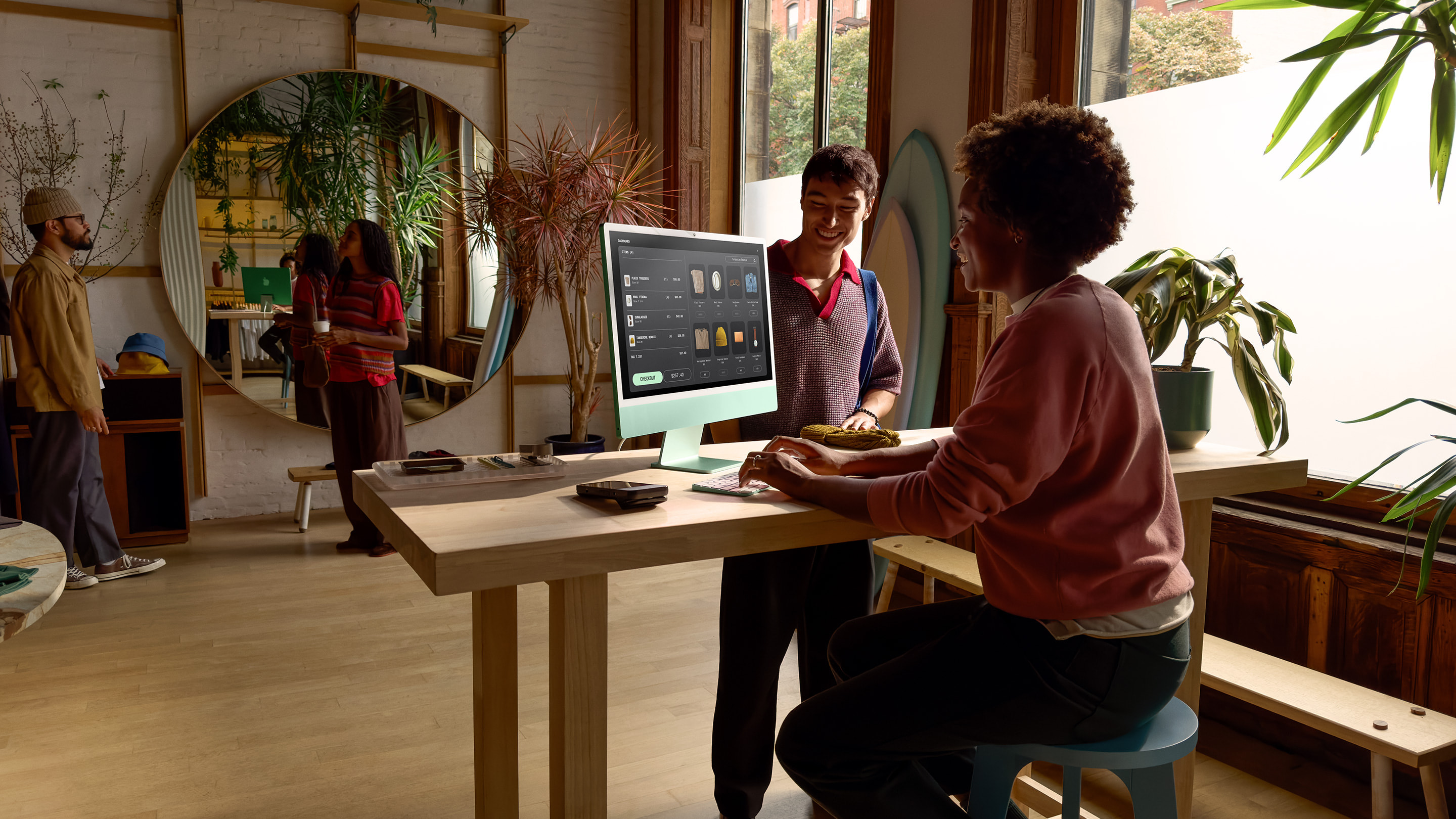
Apple kicked off its week of M4 Mac announcements by unveiling the iMac M4.
On Monday morning Apple took the wraps off the latest version of its colorful PC, which features a design similar to last year's model, but with are some major improvements to the specs and features, including a couple of deal-breaker upgrades.
The iMac is officially the first Mac to feature the M4 chip, a big change from last year when the MacBook Pro got the first M3 upgrade. The iMac M4 has a lot to offer, but if you're holding out for the MacBook Pro or Mac Mini, stay tuned on our live blog, where we'll be monitoring Apple's announcements for the rest of the week.
Whether you're a current iMac owner thinking about upgrading or you're looking to buy your first iMac, here's an overview of how the iMac M3 and iMac M4 compare and which one is the best value for your money.
iMac M4 vs iMac M3: Specs and price

The iMac M4 has the same $1,299 starting price as last year's model, but the specs you get for that price aren't identical.
The most obvious update is the new M4 chip, which has a few notable advantages over the M3 chip. First, there is an option for a 10-core CPU and 10-core GPU offering two more efficiency cores than the M3 iMac. Additionally, the M4 chip has a faster memory bandwidth, meaning it can read and write data faster than the M3 chip.
The M4 chip isn't the only big upgrade in the new iMac. Apple also doubled the base RAM to 16GB, most likely to improve AI performance with the new features in Apple Intelligence, which launched this morning alongside the new iMac. That extra RAM is also great for multi-tasking, gaming, and resource-intensive tasks like photo or video editing. This would normally be a $200 upgrade, so it's nice to see more RAM included in the base configuration.
Like last year's model, the different configurations have different specs. Most of the options are the same as last year with upgrades for more storage and RAM. One upgrade is new, though: a nano-texture display. Nano-texture glass significantly reduces reflections and glare without diminishing image quality. This feature is most useful on mobile devices like iPads and MacBooks, but if you work in a brightly-lit space or just want the best display possible, it could be a useful addition to your iMac and wasn't available on the M3 version.
iMac M4 vs iMac M3: Design

Apple is in its colorful iMacs era. Like last year's version, the iMac M4 comes in an array of vibrant shades that are a lot more fun than the basic gray, black, and silver options available for the MacBook. The seven shades available this year are similar to the M3 color options, but a bit lighter and brighter. Of course, if you want something more low-key, silver is still an option.
The overall design of the iMac is effectively the same as last year, but there are some notable changes. First, the two-port iMac M4 is available in all seven colors. The iMac M3 was only available in four of the seven shades, so this is a nice change.
Second, the iMac got a big webcam upgrade. Apple swapped out the 1080p FaceTime camera for a 12MP Center Stage camera with support for Desk View. Center Stage automatically zooms out and adjusts the angle of your webcam when it detects more (or less) people in front of the camera. This is perfect for families who use their iMac for FaceTime.
Desk View can come in handy in a variety of situations, but it's designed with educators in mind. This feature allows you to show your desk in front of you and your face at the same time on a FaceTime call. You previously needed to use your iPhone as an external webcam for this feature to work, but that's not necessary with the M4 iMac. It's baked into the built-in webcam, no external webcam or iPhone mount needed.
This feature is great for teachers who want to show students how to solve a math problem on a call, but it can also be great for things like crafting or demonstrating a tutorial over FaceTime.
Those camera upgrades might not be a deal breaker, but they definitely sweeten the deal for anyone considering the iMac M4. If you often use FaceTime, Center Stage alone could be a good reason to upgrade or opt for an M4 iMac instead of an M3 model.
The peripherals included with the iMac also got a minor update. Both now connect with USB-C instead of Lightning cables, which was a much-needed change. Unfortunately, the Magic Mouse still has its charging port on the bottom.
iMac M4 vs iMac M3: Apple Intelligence

On Monday, Apple released the first version of Apple Intelligence alongside the launch of the iMac M4. It's now available as part of macOS 15.1 and runs on the M3 and M4 iMacs. Both desktop PCs are capable of running Apple Intelligence but is the M4 iMac any better at it?
We'll have to wait until we can run our thorough benchmark tests on the M4 MacBooks to get a clear picture of how much more powerful they are compared to the M3 chip. It's also a bit early to say for sure whether the M4 chip will offer noticeably stronger AI performance. However, early benchmark results from our sister site Tech Radar showed the M4 chip with a 32.6% lead over the M3 chip on the Geekbench AI Core ML Full Precision benchmark. It had a whopping 46.2% edge over the M3 chip on Geekbench AI Core ML Quantized.
The M4 chip and M3 chip both have 16-core neural engines (the part of the chip mainly used for AI tasks). However, the M4 chip has more CPU scores and faster memory bandwidth. The M4 iMacs' performance also gets a boost from the 16GB base RAM, twice as much as the M3 iMacs have.
All of those factors could contribute to a significant edge in AI performance on the iMac M4. However, considering most Apple Intelligence features are fairly basic, enough that they can run on iPhones, they will most likely run just as well on the M3 chip as on the M4. So, the performance advantage the M4 chip offers is likely only a major factor for those switching from a much older iMac, such as an M2, M1, or Intel model.
Is it worth upgrading to the iMac M4?
Is the iMac M4 a better deal than the iMac M3? Is it worth trading in your iMac M3 for the new version?
That depends on the specs of your current iMac (or Windows desktop) and what you mainly use your desktop PC for. If you have an M2, M1, or Intel iMac, the iMac M4 is definitely worth trading in your old desktop. This is especially true if you're still using an Intel model since only M-series chips can run Apple Intelligence. Plus, the M4 chip offers a major boost in performance over the old Intel chips, including much stronger gaming performance.
If you have an iMac M3, upgrading might not be worth it depending on the specs of your current model. It would only be worth trading in your iMac M3 if you have the previous base configuration with only 8GB of RAM since trading in, even to the new base configuration, would double your RAM and get you a faster, more powerful chip.
On the other hand, if you're currently using an iMac M3 with 16GB (or more) of RAM, it most likely is not worth it to trade in your PC right now. The iMac M4 is definitely an upgrade, but not so much so that there's a huge performance gap over the iMac M3.
Laptop Mag will be covering all of the latest news and announcements from Apple's M4 Mac week, so stay tuned for more updates on the iMac M4, Mac Mini M4, MacBook Pro, and more!







